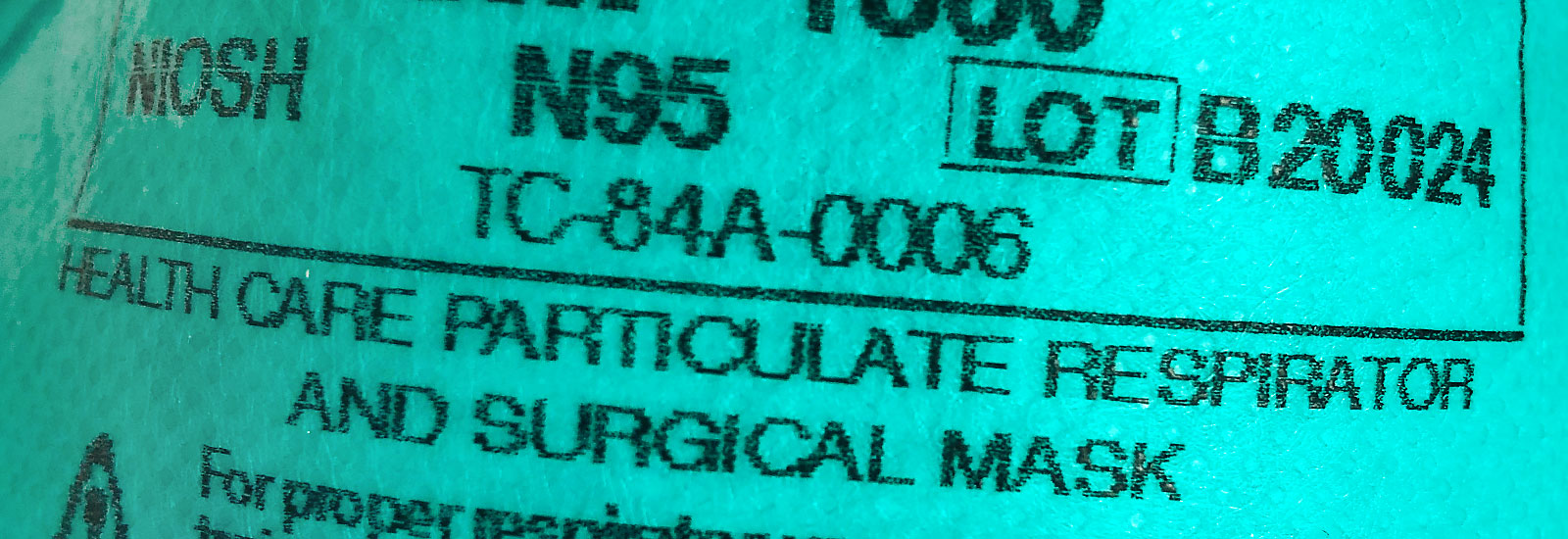
It’s easy to assume that something as simple as a mask wouldn’t pose much of a risk. Essentially, it’s just a covering that goes over your nose and mouth.
But masks are more than just stitched-together cloth. Medical-grade masks use multiple layers of nonwoven material, usually polypropylene, designed to meet specific standards for how big and how many particles they can block. And they are tested and certified to determine how well they do that job.
Healthcare and other frontline workers usually use either a surgical mask or an N95 mask. Both protect the patient from the wearer’s respiratory emissions. But where surgical masks provide the wearer protection against large droplets, splashes, or sprays of bodily or other hazardous fluids, an N95 mask is designed to achieve a very close facial fit and very efficient filtration of submicron airborne particles.
The “N95” (or “KN95”) designation means that the respirator blocks at least 95 percent of very small (0.3 micron) test particles. If properly fitted, the filtration capabilities of N95 respirators exceed those of face masks.
…
Add new comment